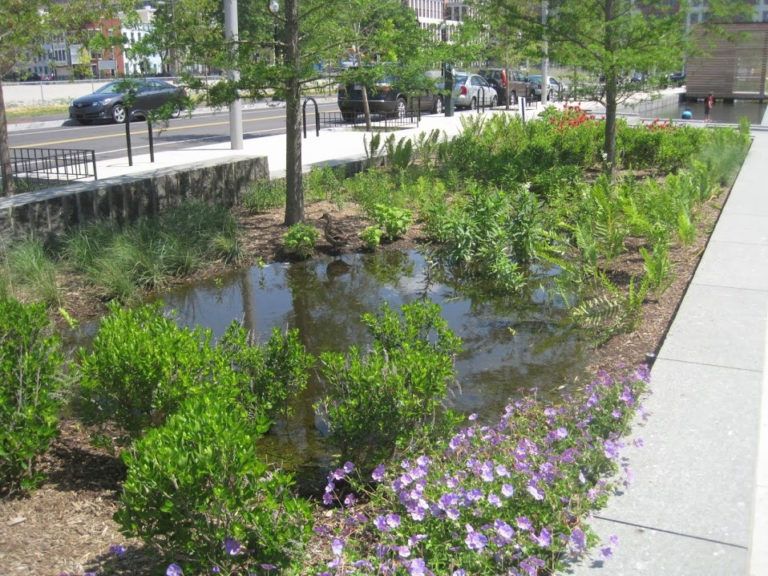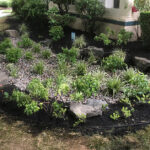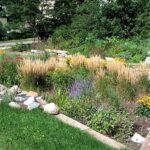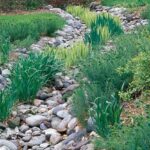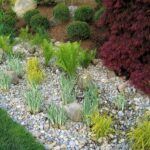Rain gardens are becoming an increasingly popular way to manage stormwater runoff and create a visually appealing garden space. These gardens are designed to absorb and filter rainwater, preventing pollution and erosion while also providing essential habitat for pollinators and other wildlife. When it comes to rain garden design, there are a few key principles to keep in mind.
One of the first considerations in rain garden design is location. The ideal location for a rain garden is in a low-lying area where water naturally collects. This ensures that the garden will effectively capture and absorb rainwater, preventing it from running off into storm drains and causing erosion. Additionally, siting the rain garden near a downspout or other source of runoff can help maximize its effectiveness.
Another important aspect of rain garden design is size and shape. Rain gardens are typically shallow depressions with gently sloping sides, allowing for efficient water absorption and infiltration. The size of the rain garden should be proportional to the amount of runoff it will receive, taking into account factors such as roof size, soil type, and local climate patterns.
In terms of plant selection, native species are generally preferred for rain gardens due to their ability to thrive in local conditions and provide important habitat for wildlife. Plants with deep root systems are especially beneficial for rain gardens, as they help to absorb and filter water effectively. Grasses, sedges, and flowering perennials are commonly used in rain garden designs for their ability to tolerate wet conditions.
In addition to plants, incorporating hardscape elements such as rocks and boulders can help enhance the visual appeal of a rain garden while also providing additional water storage and erosion control. These elements can be strategically placed to create visual interest and guide water flow within the garden.
Finally, maintenance is a critical consideration in rain garden design. Regular weeding, mulching, and watering are necessary to keep the garden healthy and functioning properly. Additionally, periodic soil testing and monitoring of water levels can help ensure that the rain garden is effectively capturing and filtering runoff as intended. With thoughtful design and proper maintenance, a rain garden can be a valuable addition to any landscape, providing both environmental benefits and aesthetic appeal.
